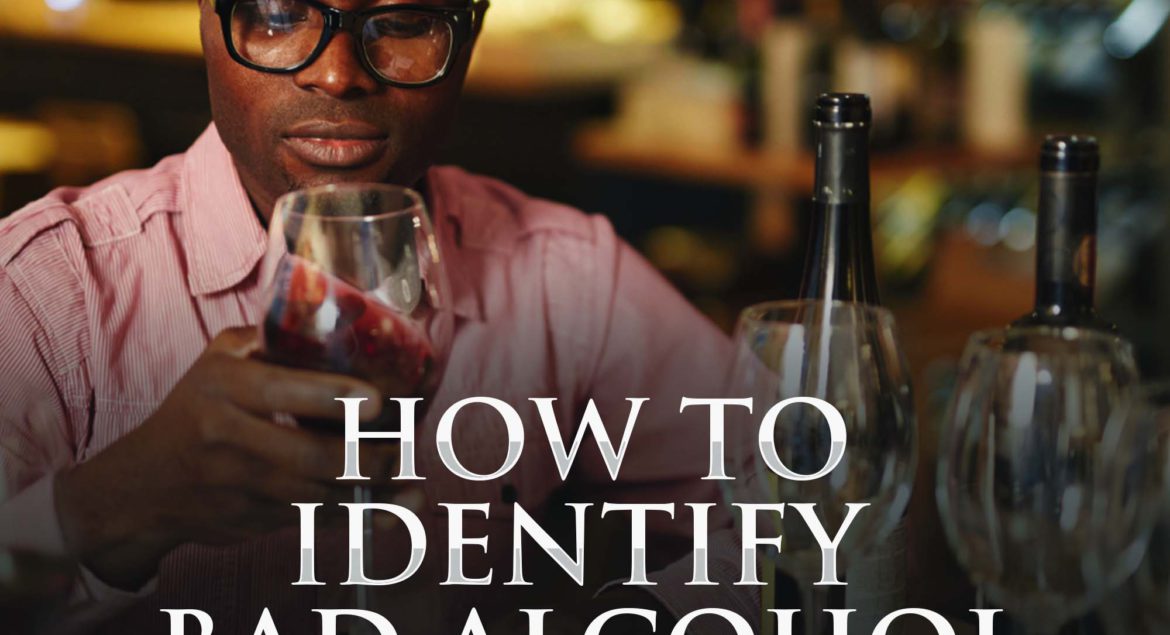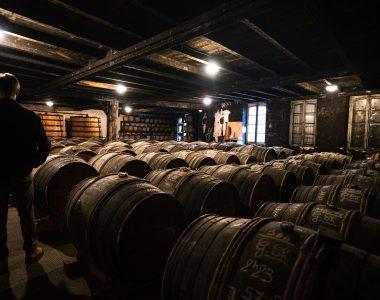
Wine can be a delightful addition to meals, social gatherings, or a relaxing evening at home. However, for those new to wine, the variety of options and terminology can be overwhelming. This guide will help you navigate the world of wine, offering tips on how to choose, taste, and enjoy wine like a pro.
1. Choosing the Right Wine
a. Understanding Wine Types
Wine is generally categorized into five main types: red, white, rosé, sparkling, and dessert.
- Red Wine: Made from dark-colored grape varieties, red wines are known for their rich flavors and tannins. Common types include Cabernet Sauvignon, Merlot, and Pinot Noir.
- White Wine: Made from green or yellow grapes, white wines are typically lighter and more refreshing. Popular types include Chardonnay, Sauvignon Blanc, and Riesling.
- Rosé Wine: This pink wine is made from red grapes but has a shorter fermentation time with the grape skins, giving it a lighter flavor. Examples include Grenache Rosé and Syrah Rosé.
- Sparkling Wine: Known for its bubbles, sparkling wine includes Champagne, Prosecco, and Cava. It’s often used for celebrations.
- Dessert Wine: Sweet wines such as Port, Sauternes, and Ice Wine are typically enjoyed with dessert.
b. Considering Flavor Profiles
When choosing a wine, consider the flavors you enjoy. Wines can range from dry to sweet, and from light-bodied to full-bodied. Here are some flavor characteristics to look out for:
- Fruity: Notes of berries, citrus, or tropical fruits.
- Spicy: Hints of pepper, cloves, or cinnamon.
- Earthy: Flavors reminiscent of soil, herbs, or mushrooms.
- Oaky: Vanilla, toast, or caramel flavors from aging in oak barrels.
c. Reading Wine Labels
Wine labels can provide a lot of useful information. Look for the following:
- Grape Variety: Indicates the type of grape used.
- Region: The geographic area where the grapes were grown.
- Vintage: The year the grapes were harvested.
- Alcohol Content: Usually between 12% and 15% for most wines.
2. Tasting Wine Like a Pro

a. The Five S’s of Wine Tasting
- See: Examine the wine’s color and clarity. Hold the glass against a white background to observe its hue and brilliance.
- Swirl: Gently swirl the wine in your glass to release its aromas. This also gives you an idea of the wine’s viscosity.
- Sniff: Inhale deeply to capture the wine’s bouquet. Try to identify specific scents such as fruit, flowers, spices, or earth.
- Sip: Take a small sip and let the wine spread across your palate. Notice the flavors and how they evolve from the initial taste to the finish.
- Savor: Reflect on the wine’s aftertaste and overall balance. Consider the acidity, sweetness, tannins, and body.
b. Understanding Wine Tasting Terms
- Body: Refers to the weight and fullness of the wine in your mouth. Wines can be light-bodied, medium-bodied, or full-bodied.
- Tannins: Naturally occurring compounds in grape skins, seeds, and stems that add bitterness and astringency to wine. More common in red wines.
- Acidity: The level of tartness in the wine. Higher acidity makes the wine feel crisp and refreshing.
- Finish: The lingering taste after you swallow. A long finish indicates a more complex and high-quality wine.
3. Enjoying Wine

a. Pairing Wine with Food
Pairing wine with food enhances the flavors of both. Here are some basic pairing principles:
- Red Wine: Pairs well with red meats, rich sauces, and hearty dishes. For example, Cabernet Sauvignon complements steak, while Pinot Noir goes well with grilled salmon.
- White Wine: Best with lighter dishes such as poultry, seafood, and salads. Chardonnay pairs nicely with creamy pasta, while Sauvignon Blanc is great with goat cheese.
- Rosé Wine: Versatile and can be paired with a variety of dishes, from charcuterie to grilled vegetables.
- Sparkling Wine: Ideal for appetizers, fried foods, and light desserts.
- Dessert Wine: Perfect with sweet treats, blue cheese, or enjoyed on its own after a meal.
b. Serving Wine
Proper serving enhances the wine experience:
- Temperature: Serve red wines slightly below room temperature (60-65°F), white wines chilled (45-50°F), and sparkling wines well-chilled (40-45°F).
- Glassware: Use appropriate glasses for different types of wine. Red wines benefit from larger bowls, while white wines are best in smaller bowls. Sparkling wines are traditionally served in flutes.
- Decanting: Pouring wine into a decanter before serving allows it to breathe and can enhance its flavors, particularly for older reds and full-bodied wines.
c. Storing Wine
Proper storage ensures your wine remains enjoyable:
- Temperature: Store wine at a consistent temperature of around 55°F. Avoid extreme temperature fluctuations.
- Humidity: Keep humidity levels between 60-70% to prevent corks from drying out.
- Light: Store wine in a dark place to avoid UV damage.
- Position: Store bottles horizontally to keep the cork moist.



